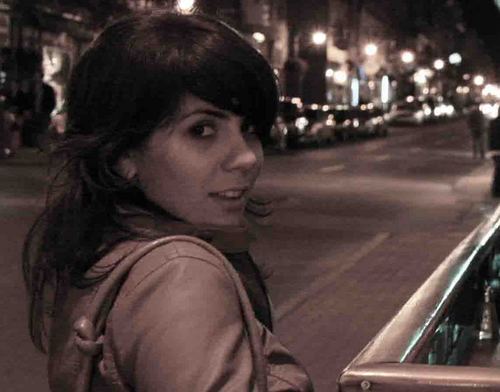It was only after I left the classroom on Friday that I realized why I had one of Goya's The Disaster of War drawings stuck in my head. In Regarding the Pain of Others, Susan Sontag uses that collection as an example of a representation of human atrocities.
Not so much of Diane Arbus - a long time favorite of mine - , but the NPPA photographs struck me as excellent portraits of human suffering. Then something clicked and I thought "of course, Sontag!".
So what do those photographs mean? What is their purpose?
Sontag says that the meaning of a photograph is "never to be found in the photographer's intentions but in the desires society brings to it and the uses that society puts it to". Images can only talk for themselves so much, and it's the viewer, who is interpreting them, that adds meaning and purpose.
She adds that these images (of war, conflict, suffering) increase the awareness of war, but, contradictorily, that images contribute to our "callousness" because of their repeated exposure. Seeing the degree of violence in the front might be eye-opening, but it's also harmful in the sense that it can numb our senses to that kind of exposure.
In Living Life Trying, David Hogsholt's lenses captured Mia's dichotomous life of pain and pleasure so well it touched me like Eddie Adams' photograph of the National police chief Nguyen Ngoc Loan executing a suspected Viet Cong member. It might be just me, but violence that isn't physical numbs us much more than what's explicit.
Subscribe to:
Post Comments (Atom)

No comments:
Post a Comment